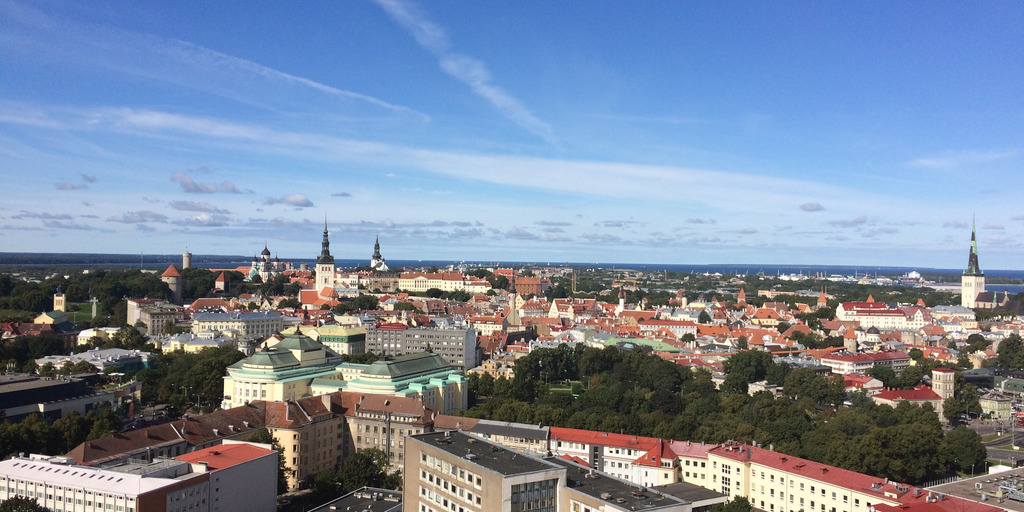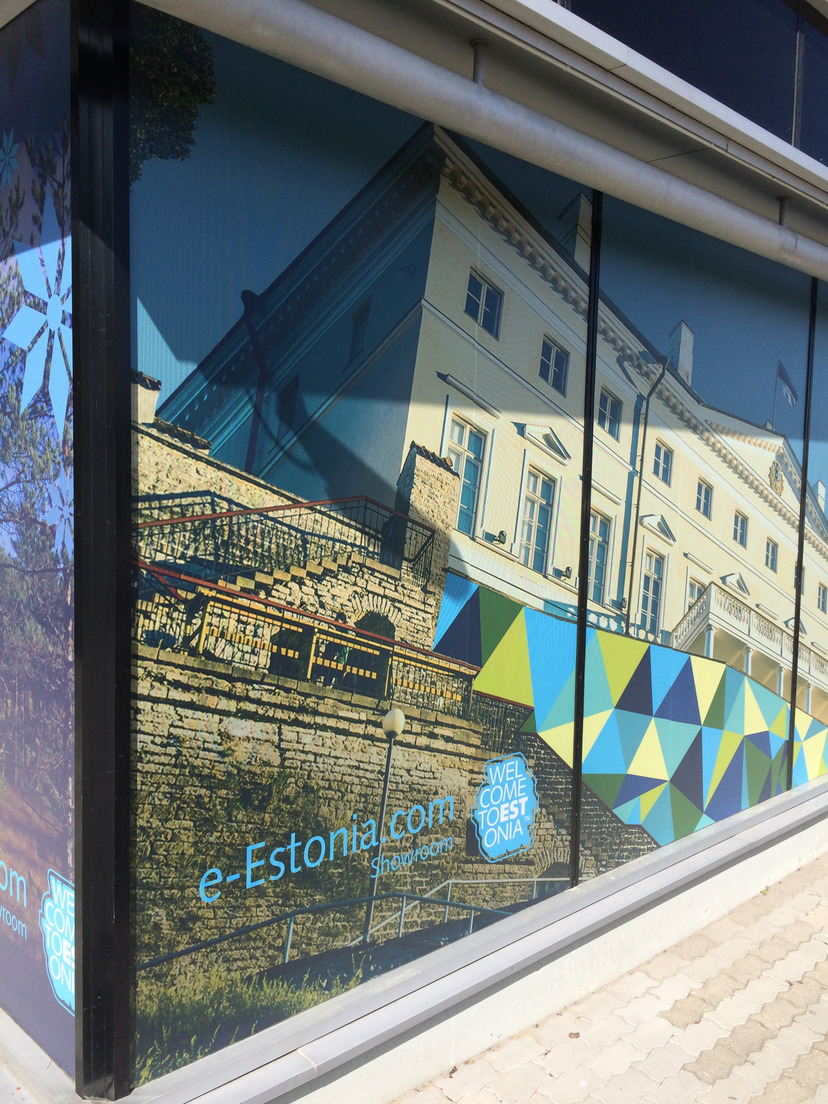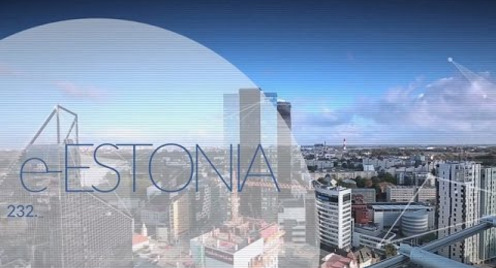The small Baltic country, which shares a border with Russia, has been independent since 1991. Sparsely populated, it has 1.3 million inhabitants, about the same as the city of Munich. In the 1990s, after it gained its independence, the question arose of how Estonia could position itself within the constellation of larger European nations. It quickly began focusing on technology and defined a number of key goals: promoting innovation and doing what was necessary to become an information society. The results could be seen in policy-making and public administration, in how the government communicated with citizens, in efforts to promote the private sector and in primary and secondary education.
In 1997, the national Tiger Leap program was launched. The program made it possible for computers and IT to be introduced into educational institutions over several years. Moreover, all of Estonia’s schools were equipped with the necessary hardware and software, more than 10,000 teachers were trained and another 2,600 took further education courses to become IT specialists. An Internet portal was created to provide educators with a wide range of teaching materials on these topics and with a chat room. It also served as source of information on current training opportunities.
Additional very forward-looking activities were initiated in the late 1990s to augment the program:
- The country’s parliament approved a comprehensive agenda for moving Estonians forward into the information age.
- “Public Internet points” were established in cities and rural regions, providing free access to computers with Internet connections.
- Legislation was passed to create an “e-state” and all of Estonia’s public institutions were required to participate. Communication channels and services were digitized as a result.
Originally serving as catalysts, these initiatives have been further developed on an ongoing basis and are still benefitting the country to this day. Above all, they are the reason why Estonia is one of the technologically most advanced countries in the EU.










